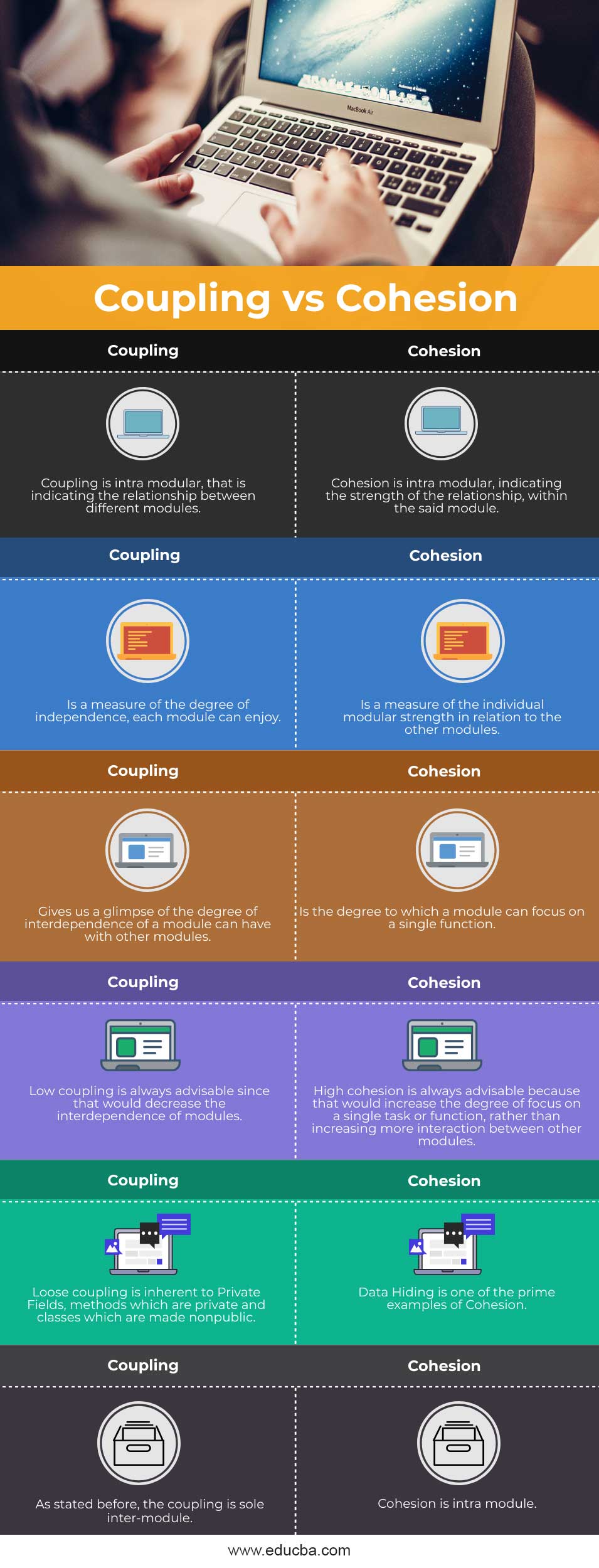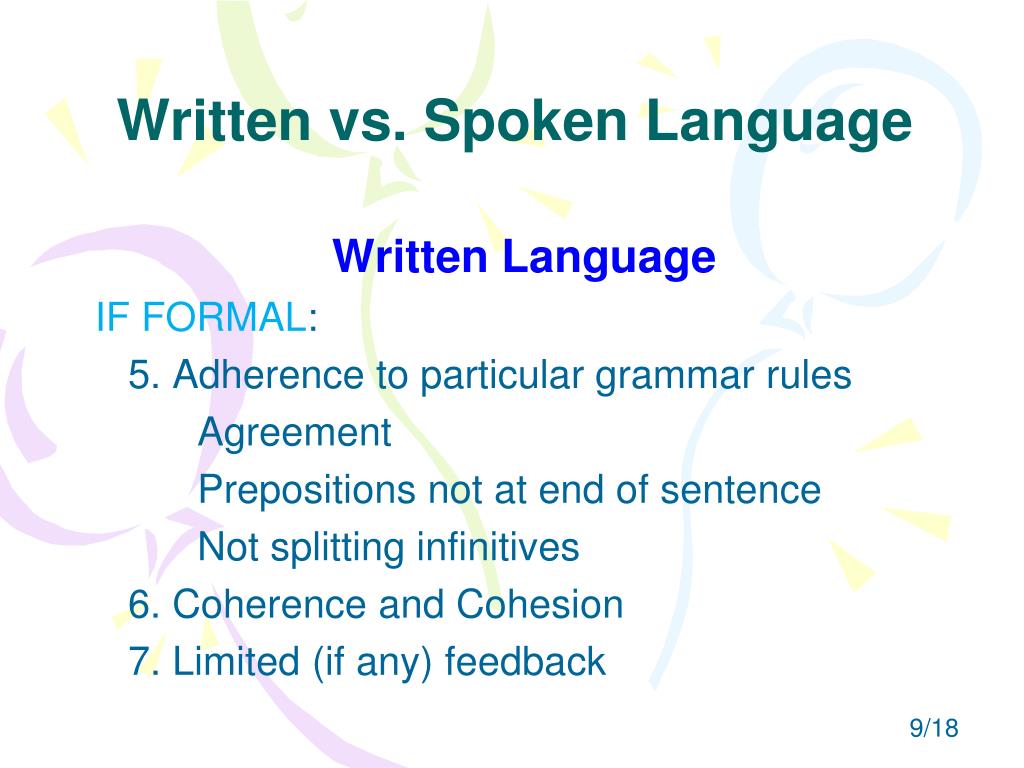


van Dijk (p. 93) argues convincingly that coherence is a semantic property of discourse formed through the interpretation of each individual sentence relative to the interpretation of other sentences, with “interpretation” implying interaction between the text and the reader. In Text and Context: Explorations in the Semantics and Pragmatics of Discourse, Teun A. “Cohesion,” Connor writes, “is determined by lexically and grammatically overt intersentential relationships, whereas coherence is based on semantic relationships.” 3 CoherenceĬoherent texts make sense to the reader. In Cohesion in English, M.A. Halliday and Ruqaiya Hasan identify five general categories of cohesive devices that signal coherence in texts:Ī text may be cohesive without necessarily being coherent: Cohesion does not spawn coherence. In Contrastive Rhetoric: Cross-Cultural Aspects of Second-Language Writing, Ulla Connor defines cohesion as “the use of explicit linguistic devices to signal relations between sentences and parts of texts.” These cohesive devices are phases or words that help the reader associate previous statements with subsequent ones.

Coherence and Cohesion in Text LinguisticsĬohension and coherence are terms used in discourse analysis and text linguistics to describe the properties of written texts.


 0 kommentar(er)
0 kommentar(er)
